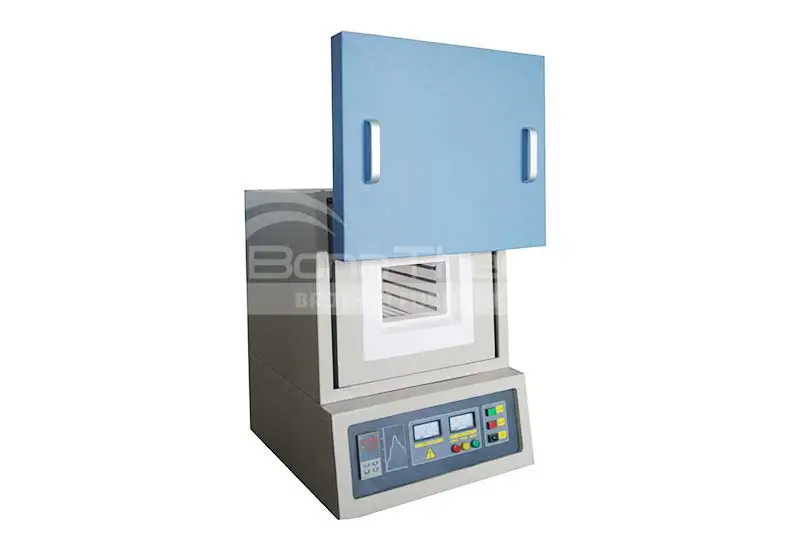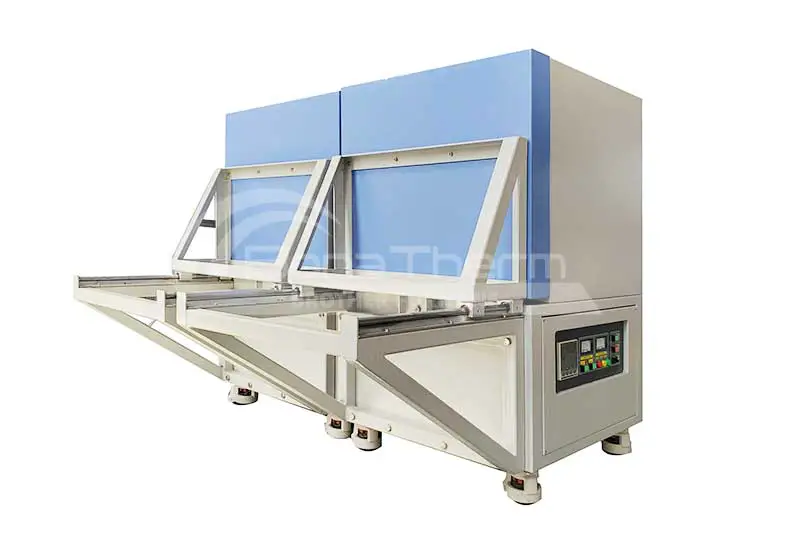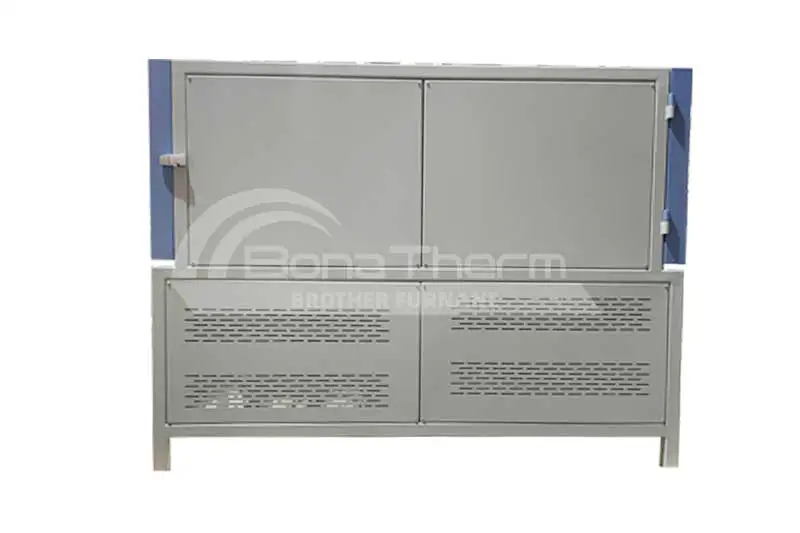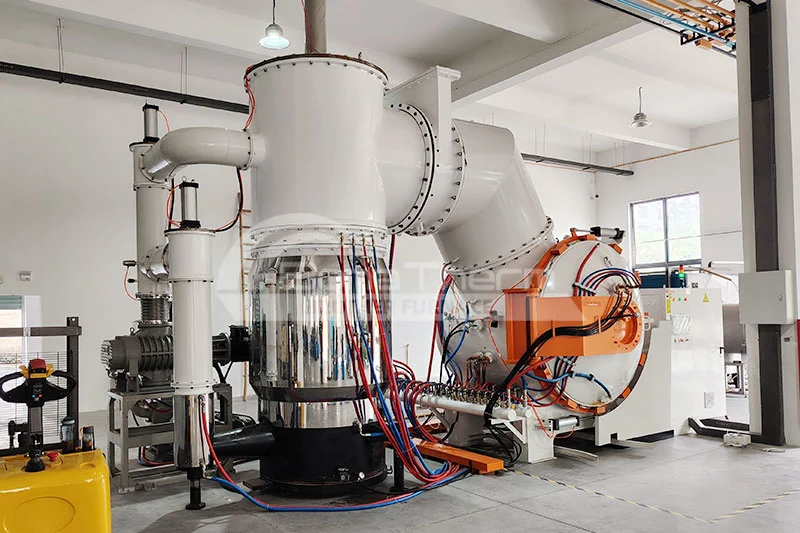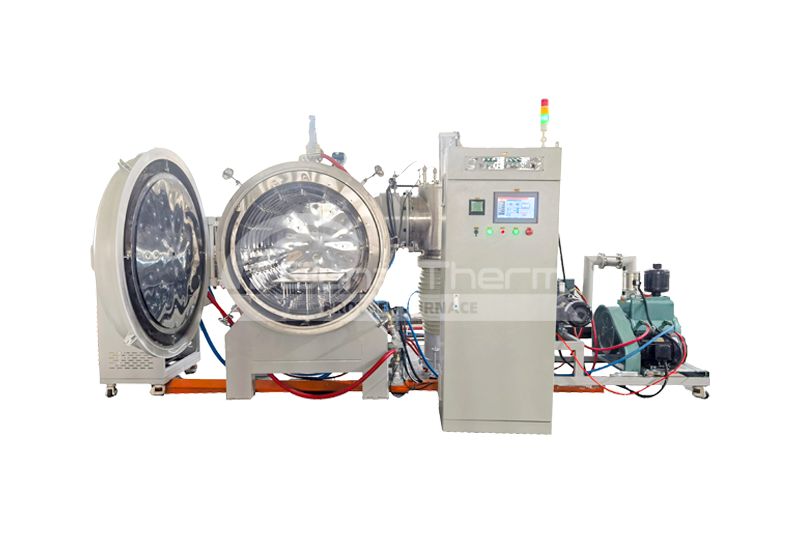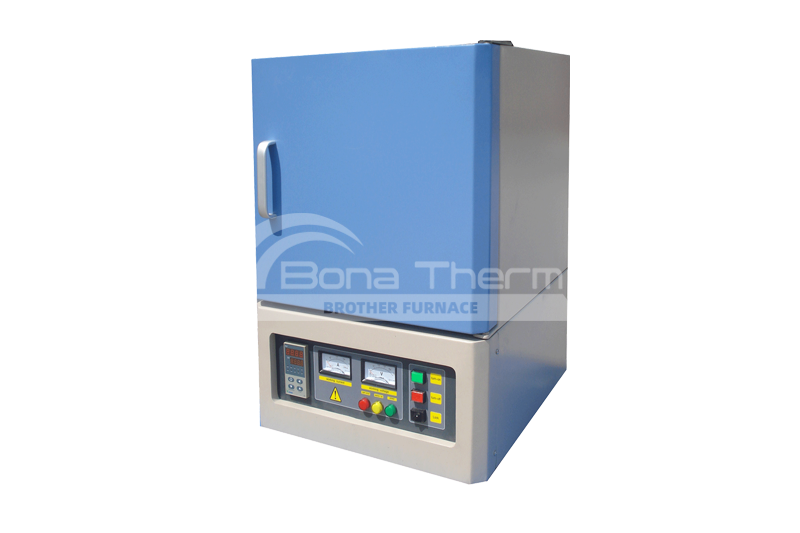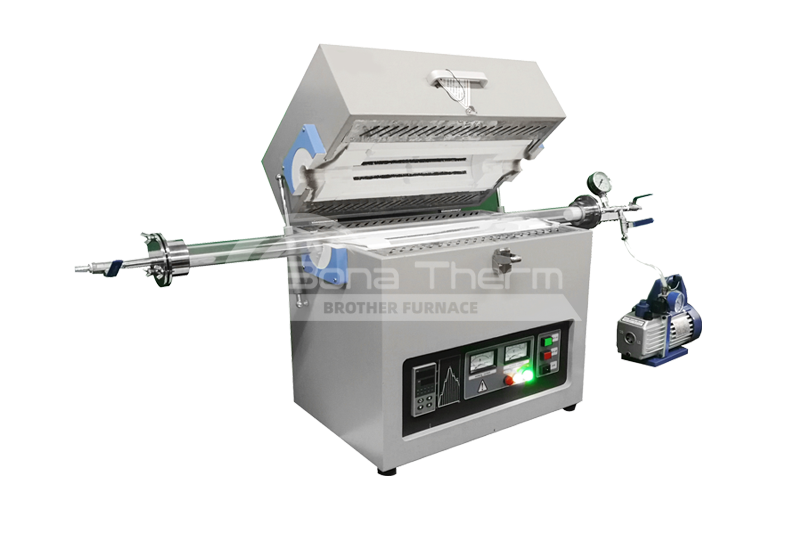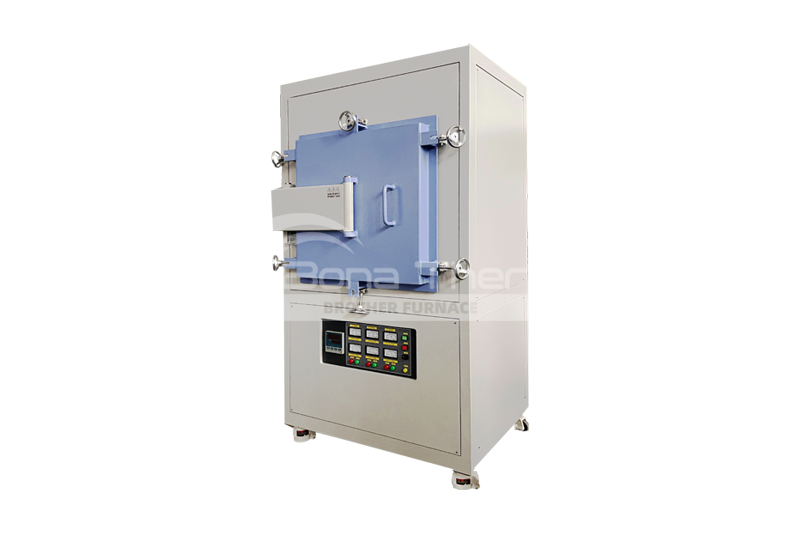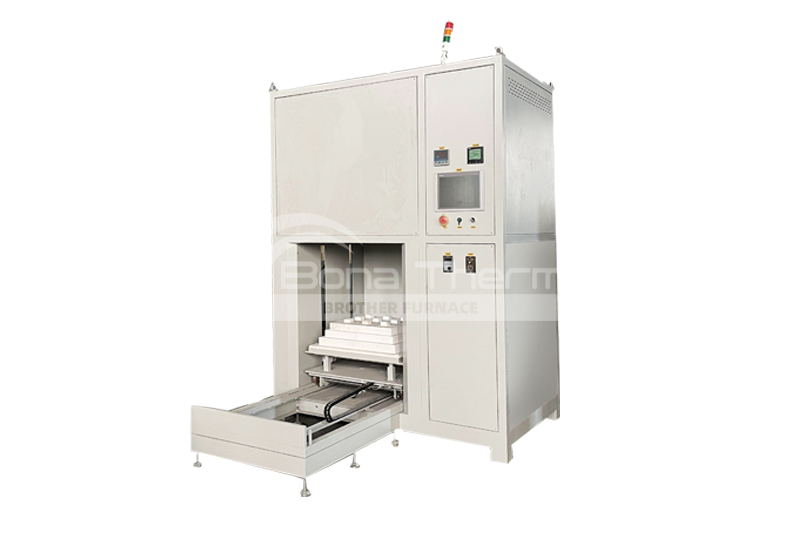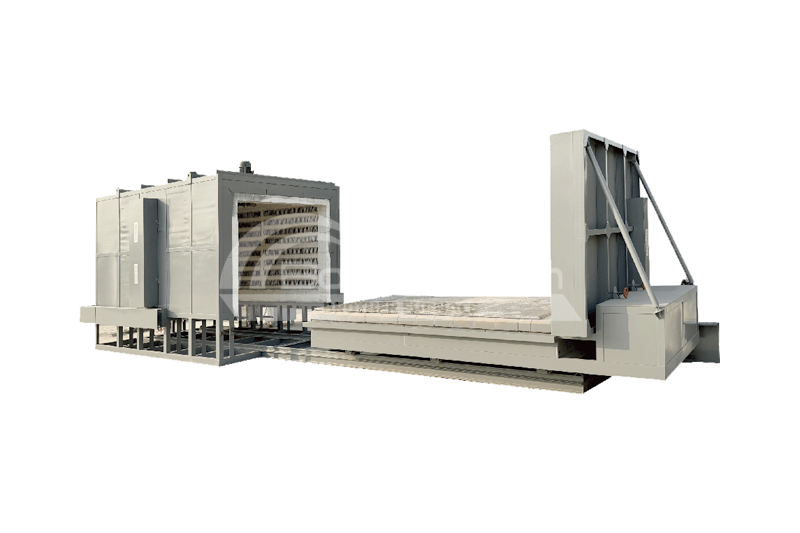How Does a Vacuum Furnace Improve Business Efficiency?
 BROTHER FURNACE
BROTHER FURNACE
 2024-08-29 01:45
2024-08-29 01:45
In the fiercely competitive manufacturing industry, businesses face multiple challenges in improving efficiency, reducing waste, and ensuring product quality. Due to its outstanding performance in precision heat treatment, the vacuum furnace has gradually become an important tool for optimizing production processes in major enterprises. This article will delve into how to enhance business efficiency through the use of a vacuum furnace, providing practical guidance for your enterprise.
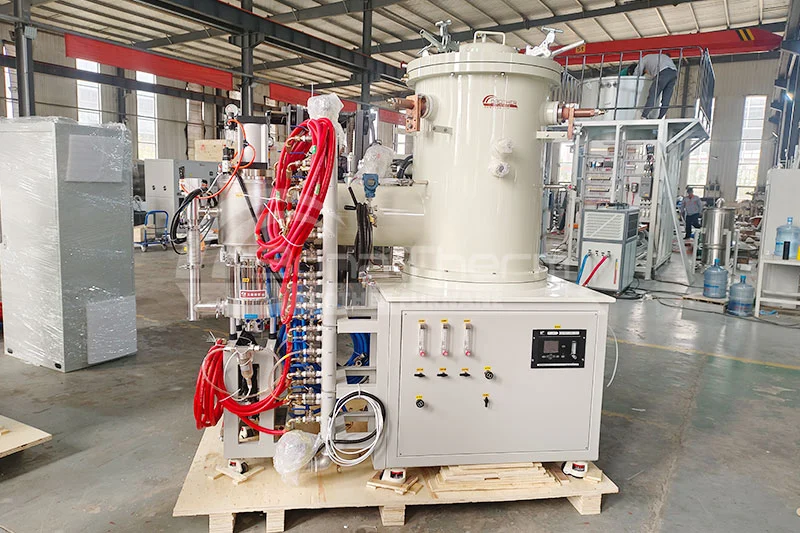
Working Principle of a Vacuum Furnace
A vacuum furnace is an equipment used for heat treatment where workpieces are placed in a vacuum or specific atmosphere. Its core advantage lies in reducing oxidation, gas pores, and other defects caused by the presence of air. By evacuating air and maintaining low pressure or using protective gas, the vacuum furnace can provide a high-temperature, pure processing environment, ensuring the stability of material properties. It is commonly used for annealing, quenching, sintering, brazing, and other heat treatments. For processes requiring extremely high precision and cleanliness, such as semiconductor manufacturing and aerospace component production, the vacuum furnace plays a particularly prominent role.
How to Enhance Business Efficiency with a Vacuum Furnace
1. Reduce Oxidation and Contamination to Improve Product Quality
By conducting heat treatment in a vacuum or protective atmosphere, a vacuum furnace effectively reduces oxidation and contamination on the surface and inside the workpiece. This is crucial for products requiring high precision and cleanliness, such as aerospace components and electronic devices. By minimizing defects and enhancing product consistency, the vacuum furnace can significantly reduce scrap rates, thereby increasing production efficiency and the market competitiveness of products.
2. Optimize Energy Usage to Lower Operating Costs
Vacuum furnaces can precisely control the heating curve, ensuring that energy is only utilized for the actual required heat treatment portion, avoiding the wastage of heat energy common in traditional furnaces. Moreover, through heat recovery systems, a vacuum furnace can reuse excess heat in the production process, further reducing energy consumption. In the long run, this optimized energy usage can substantially decrease the operating costs of an enterprise.
3. Shorten Production Cycles to Expedite Delivery Times
Continuous vacuum furnaces possess the capability for rapid heating and cooling, significantly shortening production cycles. For example, certain processes that might take hours or even days in traditional furnaces can be completed in a much shorter time frame in a vacuum furnace due to more precise temperature control and faster heating and cooling rates. The shortened production cycles enable enterprises to fulfill orders more quickly, enhance production capacity, and expedite delivery, better meeting market demands.
4. Enhance Process Control Precision to Reduce Human Errors
Vacuum furnaces from Brother Furnace are typically equipped with advanced PLC control systems and high-precision temperature sensors, allowing for precise control of temperature, vacuum level, and atmosphere. This highly automated process control reduces errors introduced by human operation, resulting in more stable quality and higher consistency across each batch of products. The reduced need for rework and complexity in quality control directly enhances production efficiency.
5. Increase Equipment Utilization through Enhanced Versatility
Vacuum furnaces are not limited to heat treatment but can also be used for other processes such as brazing, sintering, and annealing. This versatility enables enterprises to accomplish multiple tasks on the same equipment, increasing equipment utilization, reducing reliance on multiple machines, and lowering equipment investment and maintenance costs. Through proper production planning and equipment utilization, enterprises can maximize the advantages of a vacuum furnace, further enhancing overall business efficiency.
6. Improve Component Strength and Durability to Reduce After-Sales Issues
By conducting heat treatment in a vacuum furnace, the internal structure of workpieces can become more uniform, surfaces smoother, and mechanical properties like hardness and fatigue resistance significantly enhanced. High-quality products reduce the need for after-sales maintenance and replacements, not only boosting customer satisfaction but also lowering after-sales service costs.
7. Enhance Environmental Standards to Strengthen Corporate Image
The efficient energy usage and pollution reduction capabilities of a vacuum furnace help businesses meet higher environmental standards. This not only aligns with modern societal demands for green manufacturing but also enhances a company's brand image, providing a competitive edge in the market.
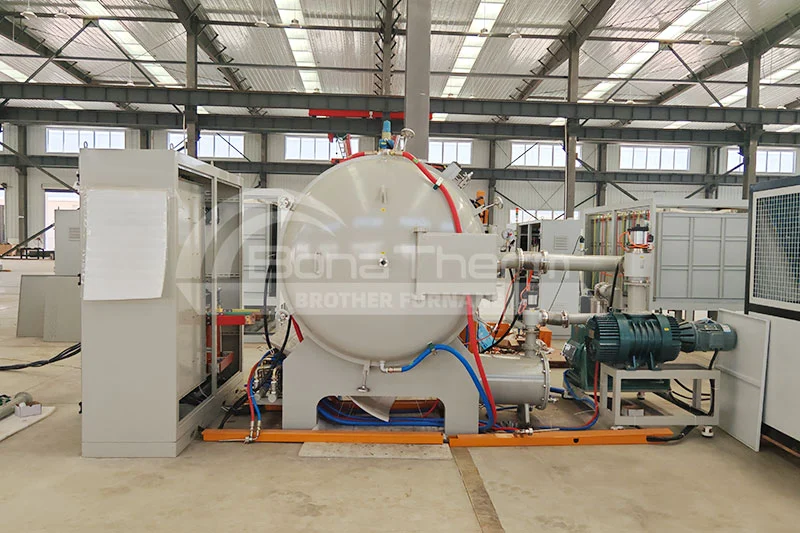
Conclusion
Vacuum furnaces are not just an advanced heat treatment device but a crucial tool for enhancing business efficiency. By judiciously selecting and optimizing the use of a vacuum furnace, enterprises can gain significant advantages in improving product quality, shortening production cycles, and reducing energy consumption, thus maintaining a leading position in the fiercely competitive market.

